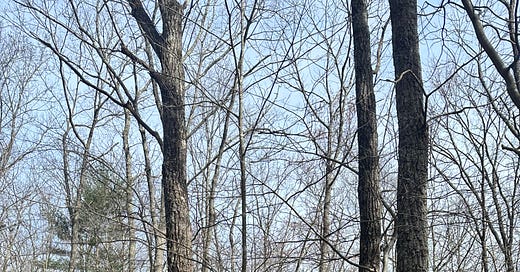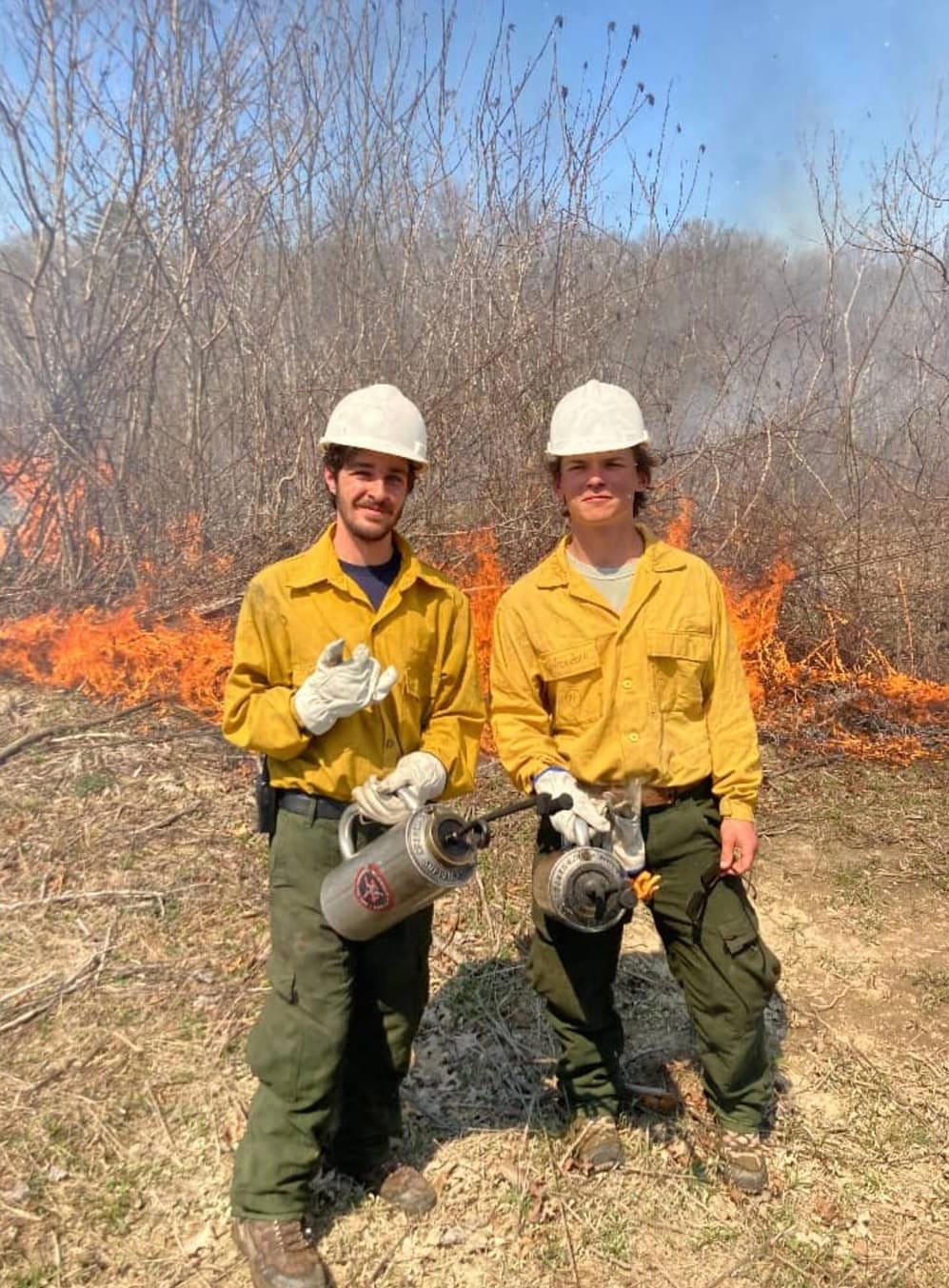What comes to mind when you hear the word "forestry"? Or "cutting trees"? For many people, these terms might conjure images of widespread, unsustainable deforestation—the kind that leads to habitat destruction and declining biodiversity in sensitive ecosystems across the globe.
While deforestation—defined as the cutting of trees without replanting—is indeed a significant issue in many parts of the world, forestry in the United States is a very different story. In fact, when done responsibly, forestry here is not only sustainable but can also help create habitat, support biodiversity, and even act as a solution to the growing climate crisis.
Forests in the United States: A Breakdown
In the U.S., forests fall into different categories based on ownership and management goals. Some are publicly owned by state and federal governments and are managed for public benefit, focusing on recreation, conservation, and ecosystem preservation. Others, known as “working forests,” are privately owned and managed to grow timber for commercial use.
While working forests are ultimately geared toward producing wood products like lumber, paper, fiber, and biofuels, their management offers benefits far beyond economics. They can positively impact wildlife, ecosystems, and even our fight against climate change.
So, What Is Climate-Smart Forestry?
According to the Carbon Leadership Forum, “Climate-Smart Forestry (CSF) is a collection of strategies and management actions that increase the carbon storage benefits of forests and the forest sector while supporting ecosystem services and cultural values.” Put simply, CSF:
Reduces carbon emissions.
Increases forest resilience to climate change.
Supports forest economies by improving productivity and incomes.
Let’s break these down a bit further.
Reducing Carbon Emissions
One of the key goals of climate-smart forestry is to enhance a forest’s ability to absorb and store carbon dioxide. Practices like reforestation, sustainable harvesting, and proactive forest health management allow forests to act as carbon sinks.
And here’s the cool part: when trees are harvested and turned into durable products like solid wood furniture or building materials, the carbon they absorbed during their growth remains stored in those products. It’s like locking carbon away in a natural vault.
Increasing Forest Resilience to Climate Change
Healthy forests are better equipped to handle the challenges of climate change, and CSF practices aim to strengthen that resilience.
Take prescribed burning, for example. By intentionally burning forest undergrowth in a controlled way, land managers reduce the amount of fuel available for wildfires, lowering the risk of catastrophic blazes. Prescribed burning can also give certain native tree species a competitive edge over invasive plants during their early stages of growth.
Another common practice is forest thinning, which involves reducing tree density in overcrowded stands. This not only decreases competition for resources like sunlight and water but also lowers the forest’s vulnerability to pests, diseases, and extreme weather events.
Boosting Productivity and Supporting Local Economies
The forest products industry is a cornerstone of the U.S. economy. As of early 2025, approximately 950,000 people work in forestry-related jobs, collectively earning a payroll of around $50 billion annually.
The implementation of climate-smart forestry practices ensures that this industry remains both environmentally sustainable and economically viable. By increasing productivity through better forest management, we’re creating a win-win scenario—healthier forests and thriving local economies.
A Climate Solution Rooted in Sustainability
The majority of forestry operations in the U.S. already follow climate-smart forestry principles. These practices make the forestry industry a unique example of how environmental stewardship and economic growth can go hand in hand.
By managing forests in a way that supports carbon storage, enhances resilience, and promotes productivity, we’re not just cutting trees—we’re planting solutions for a healthier planet and a more sustainable future.
Sources:
https://southernforests.org/2021/07/31/can-cutting-down-trees-actually-help-fight-climate-change/
https://www.climatesmartforestry.org/






